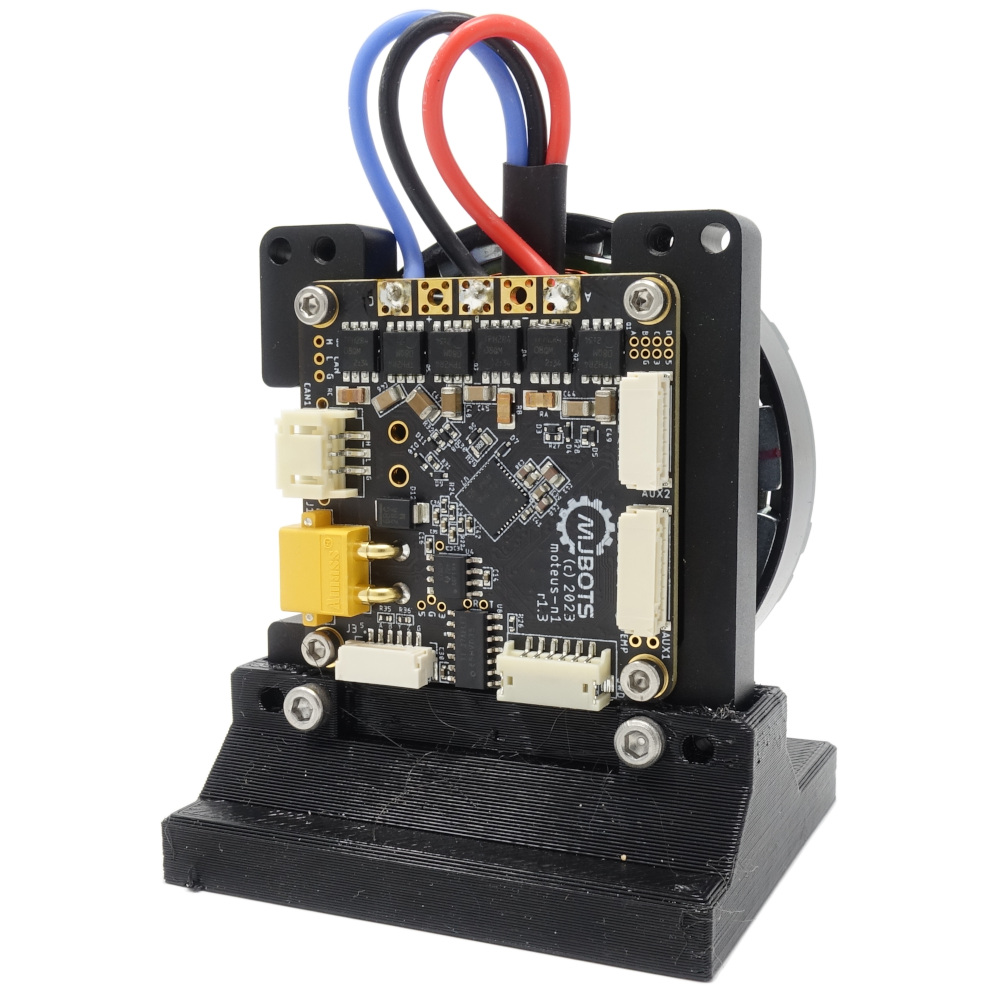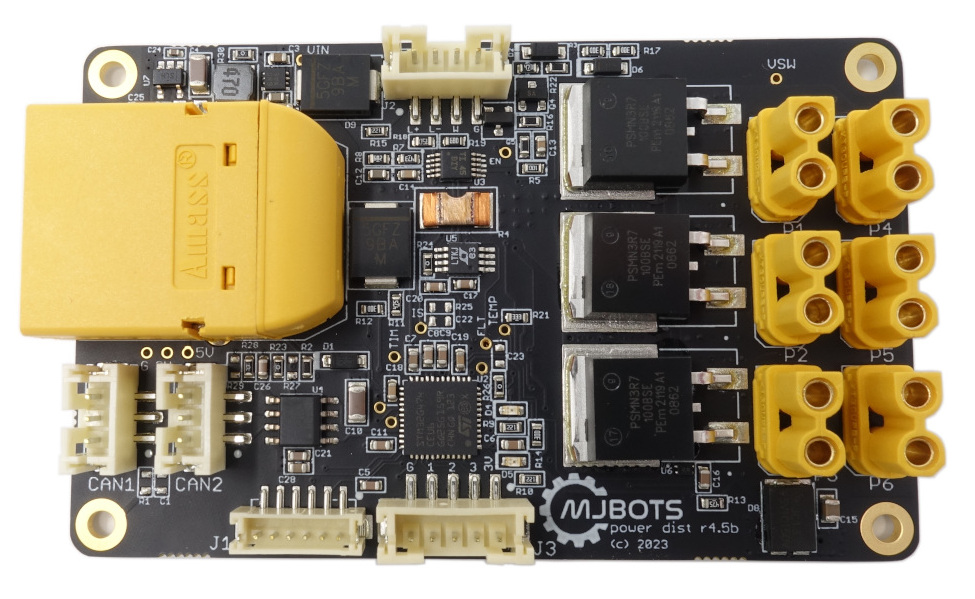C++ client bindings for moteus
NOTE 2025-10-29: An updated version of this post can now be found in the official moteus documentation:
For a long time, moteus has had a python library, that lets most people quickly develop motion control applications. However, python is not a suitable solution in every domain. Embedded systems often either don’t have access to python, or cannot tolerate the resource or timing penalties it imposes. In some cases, managing interoperability between python asyncio and systems using legacy python IO like ROS can be challenging. For others, python is just not familiar. The new C++ client library included in the moteus repository is designed to handle all of these scenarios with a flexible, yet ergonomic approach that makes simple things simple, and complex things possible.



